Sometimes life is very circular. Once upon a time, I was a film major. Then I was an astronomer, then I was unemployed for quite awhile, during which time I discovered free software, and as a result of my various rantings about it, I started writing for Free Software Magazine. Now it seems that I've become a film-maker again. I'm working on not one, but two animated science-fiction films using free software tools, intended for a free-licensed release on the internet under new distribution models. And, being a writer, I'm going to write about it. I think it will be both entertaining and useful.
Free Art Makes Money
A few months ago, I learned about two things which really changed my priorities. One was Nina Paley's Sita Sings the Blues -- an animated film which I've already written about extensively. Sita demonstrated something I had very little confidence of before: that artistic, aesthetic works could make money via a free release strategy. I already believed they could be made, and that one could find ways to fund it, but I have to admit, I was genuinely surprised to see Sita Sings the Blues making real money after release.
I have to admit, I was genuinely surprised to see Sita Sings the Blues making real money after release
In retrospect, though, I clearly should've seen it coming. Fandom is a powerful force. I ought to know, having been a part (albeit a small one -- there are people way more fanatical than me!) of science fiction and anime fandom for a long time. Fans create fan fiction, fan art, and of course -- huge collections of "fan stuff." Merchandising has always been a big part of that, and it's not practical projects that attract that kind of attention. It's the fantastic that does that.
Of course, everyone thinks immediately of Star Trek, but there are many works that have managed to cross into this territory: Star Wars, Space Battleship Yamato (not so much here, but I gather it was huge in Japan), even Battlestar Galactica attracted a fair amount of attention. The journey taken by Doctor Who, from relative obscurity as a children's show to a prime-time fan-based phenomenon, is worthy of a story unto itself (just like Star Trek here in the United States). Joss Whedon is an expert at this kind of fan-friendly production, with Buffy The Vampire Slayer, Angel, and Firefly all gaining huge fan bases.
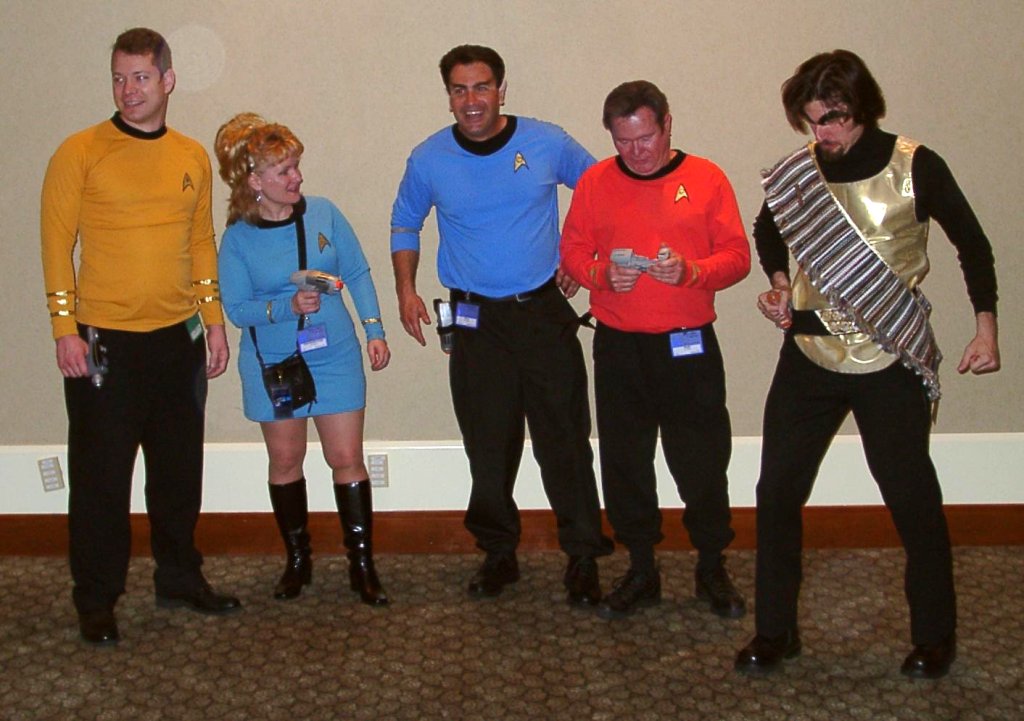
With the world wide web, even more sophisticated approaches have become possible. Peter Jackson connected with online fans of the Lord of the Rings trilogy in the late 1990s, and, after overcoming a lot of initial scepticism turned this into the ground swell that justified New Line's huge (though extremely cost-effective) investment into the three Lord of the Rings movies. I know a lot of people, including me, who think these are probably the best films made in our era (possibly ever). Certainly they are spectacular.
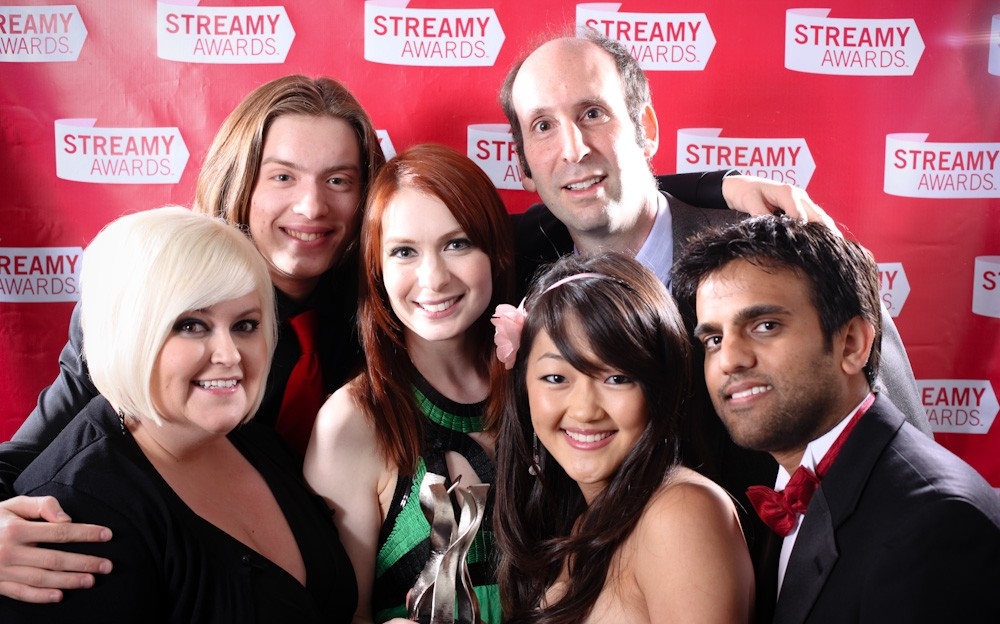
Felicia Day and Joss Whedon created opportunities for themselves with The Guild and Dr. Horrible's Sing-Along Blog which have both become successful productions through fan-driven sales. Although both of these films are under traditional closed licensing, a very good argument can be made that they simply don't need them. The Dr. Horrible DVD spoofs video piracy in a way that makes it quite clear that the producers understand that currently-illegal copying of the film is driving their profits up, not down.
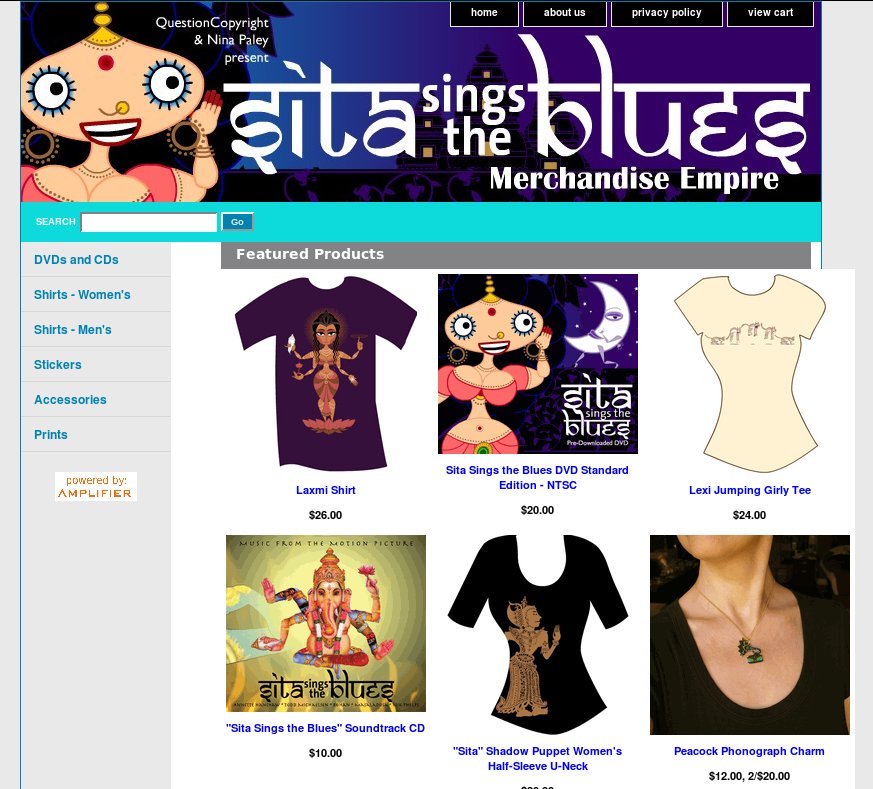
Going from there to the legitimized copying model of Sita Sings the Blues is actually a very small step. The genius step, recommended by Question Copyright, is simply this: you don't actually need legal force to give people a reason to buy copies (or character goods) from you. Fans want to do that. Only if they get it from you are they getting the "real thing." It's part of the ineffable and irrational quality of the art market. All you really need is some kind of sign. Question Copyright has provided a simple means to do that through their Creator Endorsed trademark. And voila, free-licensed distribution plus money. Nina Paley is positively giddy about this combination, from what I've seen, and I don't blame her.
In fact, increasingly, I want a piece of this action.
Free Art is a Whole Lot Easier
The second major influence was Morevna Project.
I had worked on a free-content project as early as 2000 (two years before the first Creative Commons license was written, by the way -- I'm kind of proud of that). It was a computer game project, largely because I felt that it was necessary to stick closer to software. After all, at that time, it was really only software that had been successfully developed under a free licensing model.
In retrospect, again, I should probably have realized this was going to be harder, not easier, because I had to coordinate both a programming project and a creative design project, and the two had to be compatible. This did not work out.
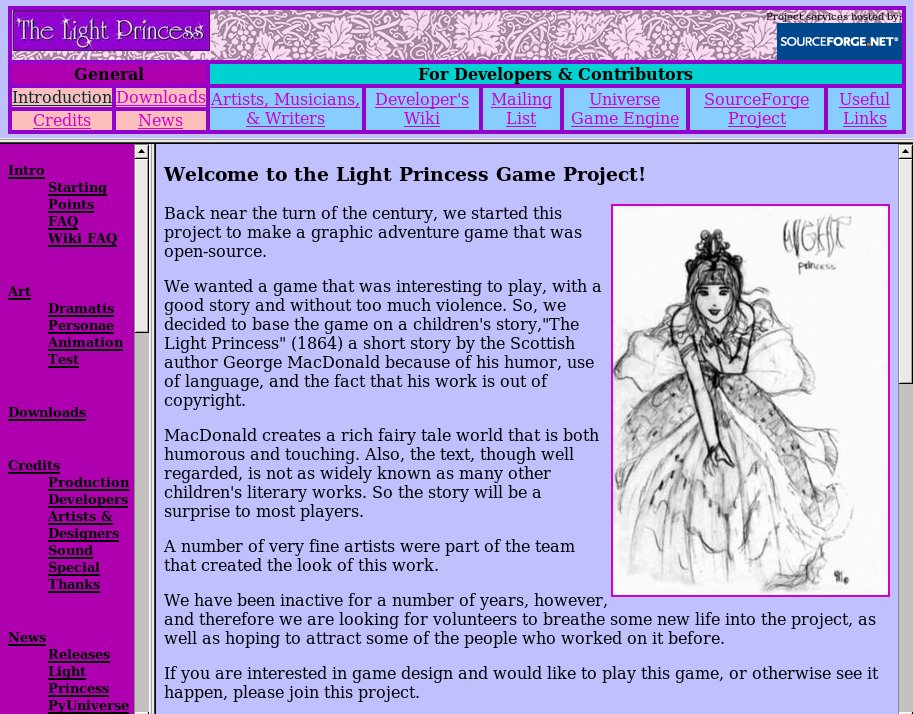
The surprising thing was that it was the programming side that failed. I didn't have that much trouble finding artists, and I think they would've stuck with the project, had we been able to turn their art into something more tangible. But the software just wasn't ready, and wasn't going to be. I'm only a dabbler in software, and I wasn't able to recruit someone good enough to close the gap (Some readers will no doubt find this obvious now, and my expectations unrealistic, but... so what? Most people found free software unrealistic until it happened -- an open mind is useful, even if it is naive).
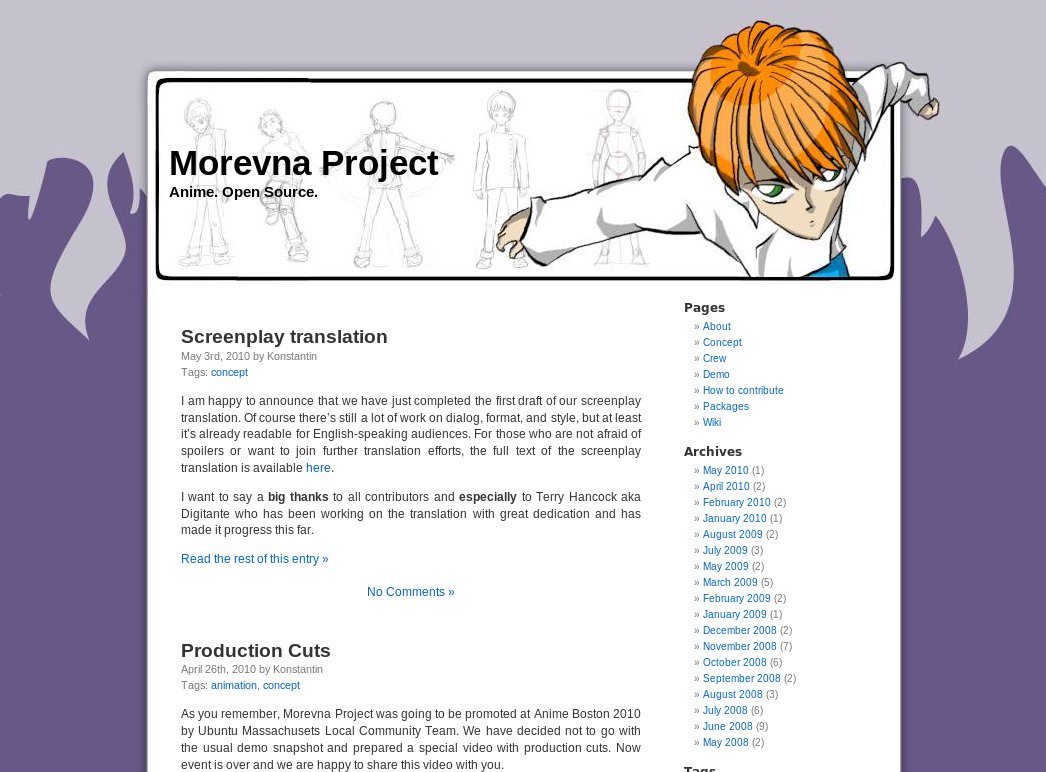
Another problem, of course, was that neither the software collaboration infrastructure nor the production tools were ready then. In 2000, Blender was a "non-free" download, and so officially off-limits from a "100% free" project (though we might've used it anyway). That was before any powerful video editing tool was free-licensed. Inkscape did not yet exist (though there was SodiPodi), and Skencil (then called "Sketch") was obscure and incomplete. I don't think Synfig had even been written, and it certainly hadn't been released. Wikipedia did not yet exist, nor the Mediawiki software platform on which it was based. And the story goes on. We were in a position of having to build nearly everything from scratch -- which was just too much.
But history marches on. Over time, I watched as hurdle after hurdle to free software based artistic collaboration and production was cleared. Blender was bought out and released under the GPL. Inkscape became a powerful vector graphics tool. Synfig was released, making 2D animation feasible. Then there was Cinelerra (and other choices). Wikipedia became a phenomenon, and its platform, Mediawiki became powerful and widespread. Today, there are many people who know how to edit a wiki in Mediawiki format. Collaborating online is no longer an esoteric skill. Artists and writers do it all the time now.
Meanwhile, the Creative Commons was formed, YouTube happened, and many, many people have gotten the idea that releasing things for free over the internet isn't really such a bad thing after all (admittedly, the entertainment industry is dragging its feet -- or rather the entertainment publishing industry. Because a lot of the actual producers are starting to get with the program). As a result, it's not as hard to find talent any more, either.
It's in this new world that the Morevna Project is being made. Its progress is, at least in part, due to the large array of useful tools for art, animation, film production, and online collaboration that are now available as free software. Seeing this project work, and becoming a part of it (primarily as a translator and editor), has given me both inspiration and practical information about tools and techniques.
So these two factors have converged: it's gotten easier to make money on free-licensed releases of artistic works; and it's gotten a lot cheaper and easier to make them.
"Lunatics"
For a long time, I kept thinking I would restart my game project when the time was ripe, but recently I realized that this might not be the right thing to do. It might be better to do something that, back then, seemed even less attainable, but now seems very feasible: make an animated film about something else I care deeply about -- space development.
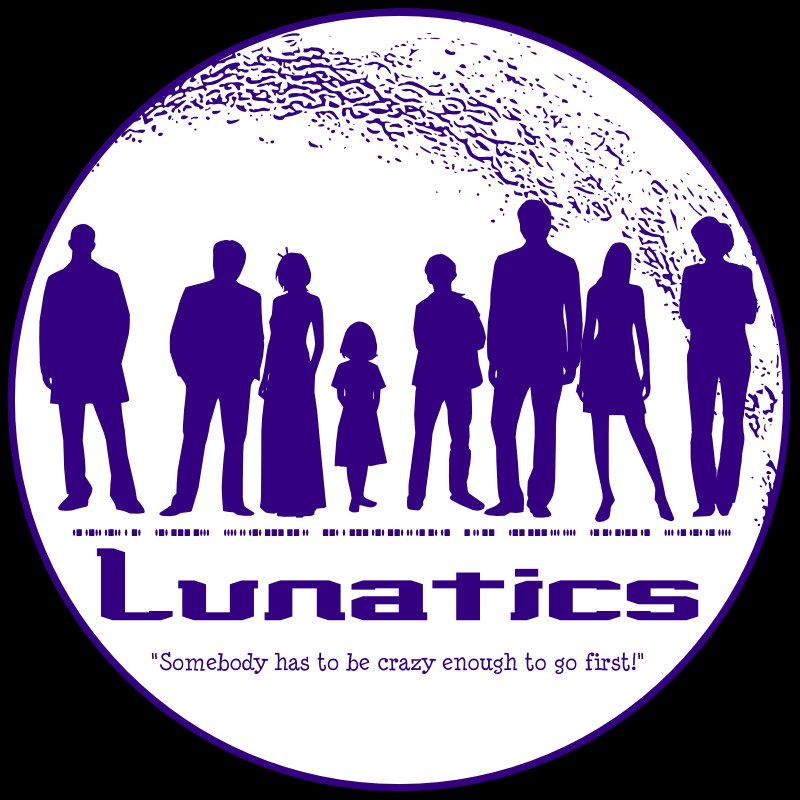
My wife and I (both space advocates -- that's how we met), some years back, had started putting together an idea for a story that would express a lot of the insights we had gotten about early space colonies. Not only did we know a lot about the technical details (I'm an astronomer, my wife is a botanist -- our interests intersect in biospherics and space agriculture), but we'd also been surrounded by space fanatics for years. These are incredible people, in more ways than one.
At one point, it became obvious: these people are the ones who are going to colonize space, and they are NOT normal people. Well duh. Normal people don't do things like this! We knew a guy in college who was trying to figure out how to stuff himself and a life-support system into a Get Away Special (actually, we're not sure he cared about the life support system) -- so he could stow-away on the Space Shuttle. What's worse, he only seemed a little crazy -- we were familiar with the motivation.
You have to be some kind of crazy obsessed person to put yourself and your children through what space colonization is going to do to people. And playing that for laughs was the seed of a great story idea
You have to be some kind of crazy obsessed person to put yourself and your children through what space colonization is going to do to people. And playing that for laughs was the seed of a great story idea. Lunatics would chronicle the adventures and misadventures of the first true settlement on the Moon, a space homestead populated by eight characters drawn from our own experience of real life whacky space advocates. Over time, the characters became a little more lovable and a little less outrageous, and both the characters and the setting became more realistic.
This was also a great way to talk about some of the real problems in space colonization, and to dispel a lot of myths. There are a lot of those -- most science fiction films are full of unrealistic elements, from the implausible (displacing alien blue smurfs to get to mineral reserves at the bottom of a gravity well) to the totally unphysical ("Oh no! We're too close to the Sun, it's going to suck us in!") to the nonsensical cliches ("It's actually rewriting his DNA!"). My wife quietly goes into convulsions when we watch what she calls "that 'adolescent DNA' episode" of Star Trek: The Next Generation.
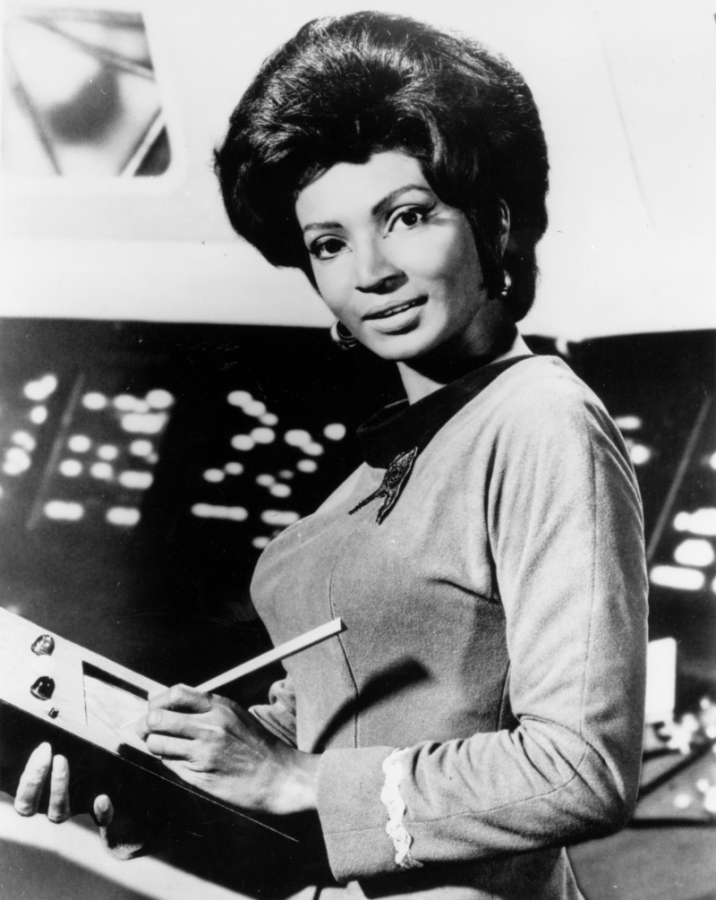
We'd gone through many different ideas for how to present Lunatics, but with the examples of Morevna Project and Sita Sings the Blues, it started to look very viable to do them as an animated web series. About a month and a half ago, we made the decision to commit to doing just that. The project is still in a very early incubation phase, and I clearly have a lot of work cut out for me, but we're doing it.
The "Making Of" Lunatics
With this article, I'm launching an ongoing project to document the challenges in making an animated science-fiction film entirely with free software tools. This series will draw on my experiences from both Lunatics and Morevna Project.
In working on these projects, it has become clear to me that there is a vast amount of tacit knowledge of free software tools needed
In working on these projects, it has become clear to me that there is a vast amount of tacit knowledge of free software tools needed. For people less familiar with it, that could be a pretty big obstacle in itself. So, in the interest of free software advocacy and in introducing more filmmakers to enabling tools they might need to complete their projects, I've decided to document my journey in making these films. It'll essentially be a "Making Of", like all those DVD extras that have become so popular.
Already, I have written a short piece about Painting Sound with ARSS and Gimp which is a spinoff from Lunatics, since I discovered the program while trying to solve some sound engineering problems on that project. Soon, I plan to document my process for creating storyboards and an animatic (we're still evaluating, but I think we'll probably use Cinelerra for that).
I also need to create some 3D computer models. First up is a Soyuz launcher. In the next few columns, I expect to finish this model, as well as demonstrating modelling, detailing, texturing, and animation techniques in Blender. Then I have a moon shuttle to make. And there's a lot more after that.
We'll also be setting up a website with a wiki and other features. I'm largely following the Morevna Project's lead here, but since I have to set it up, I'll be in a good position to describe the details of the process.
I hope that it will be both more entertaining than dry, directionless tutorials, and more useful than merely showing off our results.
Licensing Notice
This work may be distributed under the terms of the Creative Commons Attribution-ShareAlike License, version 3.0, with attribution to "Terry Hancock, first published in Free Software Magazine". Illustrations and modifications to illustrations are under the same license and attribution, except as noted in their captions (all images in this article are CC By-SA 3.0 compatible).